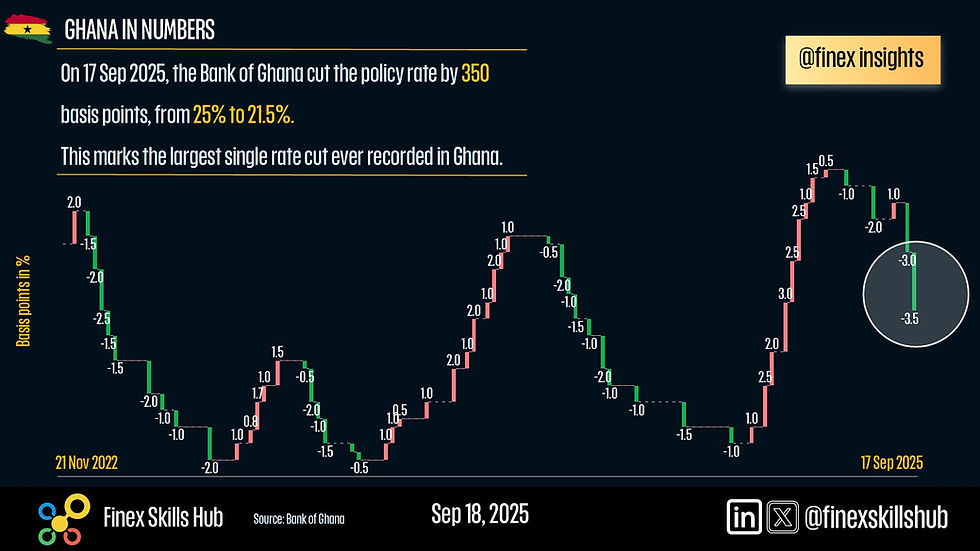Gender Disparities in Ghana’s Credit Landscape: What 2023 Data Reveals
- bernard boateng
- May 5
- 1 min read
Updated: May 21
Introduction
While women in Ghana secured the highest number of loans in 2023, the total value of these loans tells a vastly different story. According to data from Bank of Ghana's Financial Stability Review in 2023, men, despite receiving fewer loans, dominated the overall loan value—raising concerns about equitable access to high-value credit.

Loan Numbers vs. Loan Value
In raw numbers, females secured 188,439 loans compared to 39,272 by males—an impressive 83% of total loan volume. However, when analyzing loan values, males accounted for GHS 13.4 billion, while females managed just GHS 3.5 billion—about 21% of the total.
The Hidden Inequity
This translates to an average loan size of GHS 18,576 for females versus GHS 341,213 for males—a staggering 18x difference. This disparity implies that although financial services are reaching more women, the size and impact of these loans are significantly lower.
Why It Matters
High-value credit facilities are often tied to opportunities in business expansion, asset acquisition, or large-scale investments. The data suggests that women may be systematically excluded from these growth opportunities—whether due to collateral requirements, perceived risk, or institutional biases.
What Needs to Change?
Financial education programs should include credit-readiness for larger loans.
Banks and microfinance institutions should reassess risk models that disproportionately favor men.
Policy incentives could support gender-based affirmative lending practices.
Conclusion
Securing a loan isn’t just about access—it’s about meaningful access. Ghana’s 2023 data underscores the importance of not just counting how many loans women receive, but ensuring that they receive the capital necessary to truly transform livelihoods and businesses.



Comments